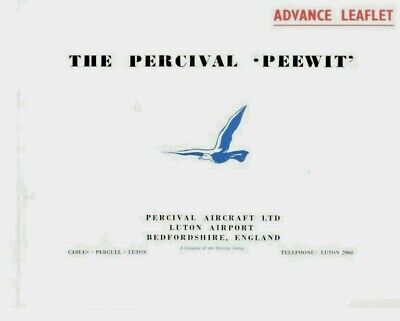By the time of the Munich Crisis, it was unclear to the British authorities if the production of the new monoplane Hawker Hurricane and Supermarine Spitfire fighters could be accelerated sufficiently to equip the 123 Squadrons that the Fighter Command required for the defence of the British Islands.
During the critical days of 1940 the 'Panic Effect' boosted numerous interim solutions to increase the number of fighters available: A.A. Bage, the Percival chief designer, proposed to build a version of the Mew Gull armed with two 0.303 in Vickers Mk.II machine guns. The projected light fighter, called Percival P.32 AA, would have 7.62 m wingspan, 6.57 m overall length and 1,087 kg maximum weight. But it was rejected in favour of the Miles M.24, the single-seat version of the Miles Master.
The projected fighter Percival P.33 AB, based on the aerodynamic configuration of the Mew Gull racer that competed for the Merlin XX engine, was also cancelled. It would have been a 556 km/h fighter armed with four Browning, with 12.24 m wingspan, 9.2 m overall length and 2,848 kg maximum weight.

